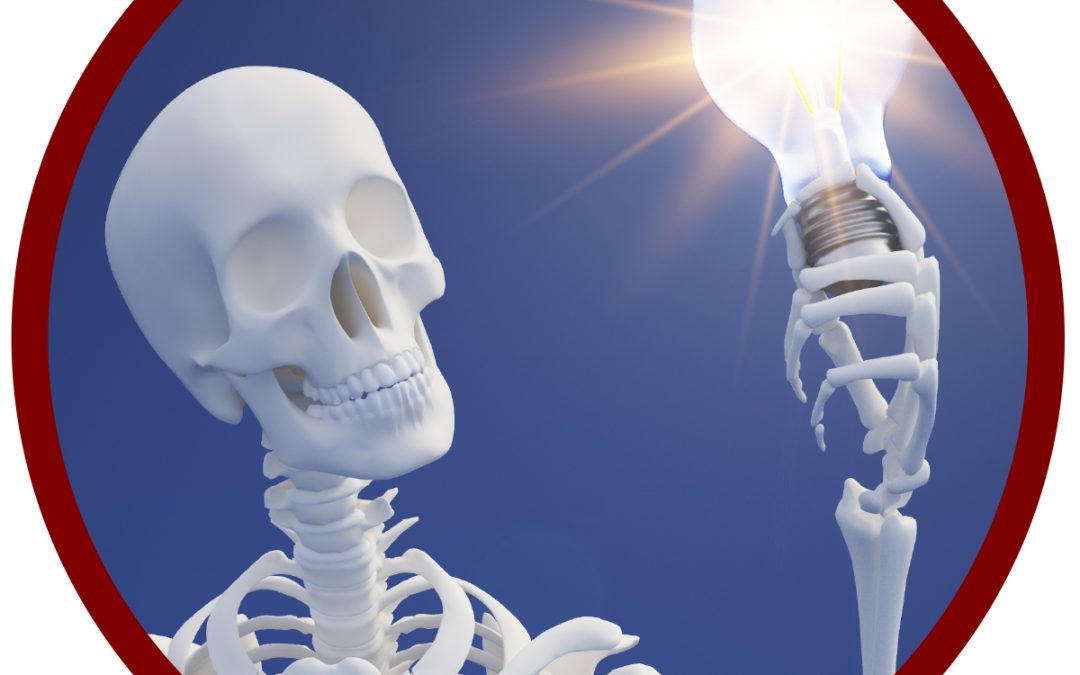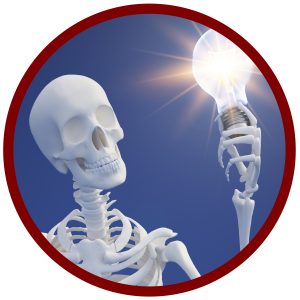Clinical Predictor Rules for Spinal Manipulation



Clinical Predictor Rules for Spinal Manipulation
Evidence-based practice includes the ability to use published literature to influence clinical decision-making. Making decisions based on data can enhance the effectiveness of treatment. A study by Childs et al (2004) examined 131 patients with low back pain. Patients were age 18 to 60 years with or without referral into the lower extremity and an Oswestry Disability Questionnaire (ODQ) score of at least 30%. They excluded patients who had “red flags” for a serious spinal condition (for example, tumor, compression fracture, or infection), those who had signs consistent with nerve root compression (that is, positive straight-leg increase < 45 degrees or diminished reflexes, sensation, or lower-extremity strength), those who were pregnant, or those who had previous surgery to the lumbar spine or buttock.
The clinical predictor rules applied to this population for the use of spinal manipulation were as follows:
- No signs or symptoms below the knee
- Onset of symptoms in less than 16 days
- Hypomobility of 1 or more lumbar segments
- Fear Avoidance Belief Questionnaire < 19
- Hip internal rotation mobility > 35 degrees
Patients who had at least 4 of the 5 criteria and received manipulation, had a 92% chance of a successful outcome after 4 weeks. Thus, by using these criteria, clinicians may be able to identify patients with low back pain who are good candidates for spinal manipulation.
Likewise, the following criteria can be used to identify patients who are likely to benefit from activities to facilitate centralization:
- Peripheral signs or symptoms
- Centralization can be achieved with specific movements during examination
- Postural preference
 Mechanical traction is likely to be an effective intervention for individuals who have:
Mechanical traction is likely to be an effective intervention for individuals who have:
- Neurologic signs
- Leg symptoms
- Peripheralization with specific movements during examination
- (+) Crossed SLR test = Performed in supine, raise the uninvolved leg into a SLR position. A (+) test is a reproduction of radicular pain in the opposite leg
 Finally, those patients who have a high probability of responding well to stabilization exercises will have:
Finally, those patients who have a high probability of responding well to stabilization exercises will have:
- (+) Prone instability test = Prone position over the edge of a plinth with feet of the floor. The clinician stands to the side of the patient while contacting the lumbar vertebra to perform a central anterior glide – first with the feet on the floor and then again without the feet on the floor. A (+) test is an increase in mobility and a reproduction of symptoms with feet on the floor which subsides when the feet are lifted.
- Aberrant motions
- Hypermobility of lumbar segments
- < 40 years of age
- SLR > 91 degrees
Use of these clinical predictor rules can be very valuable in directing the course of interventions to achieve a greater chance of success. For more cutting edge orthopedic information via iOrtho+ Premium Mobile App, please visit https://iortho.xyz/
- Childs JD, Fritz JM, Irrgang JJ, Johnson KK, Majkowski GR, Delitto A. A clinical prediction rule to identify patients with low back pain most likely to benefit with low back pain most likely to benefit form spinal manipulation: A validation study. Annual of Internal Medicine. 2004;121(12):920-928.
- Fear Avoidance Questionnaire: http://www.erbpt.com/wp-content/uploads/2010/06/Back-Questionaire.pdf
- Gulick DT. iOrtho+ Mobile App. DTG Enterprises LLC. 2020
- Gulick, DT. OrthoNotes, 4th FA Davis Publishing, Philadelphia. 2018
